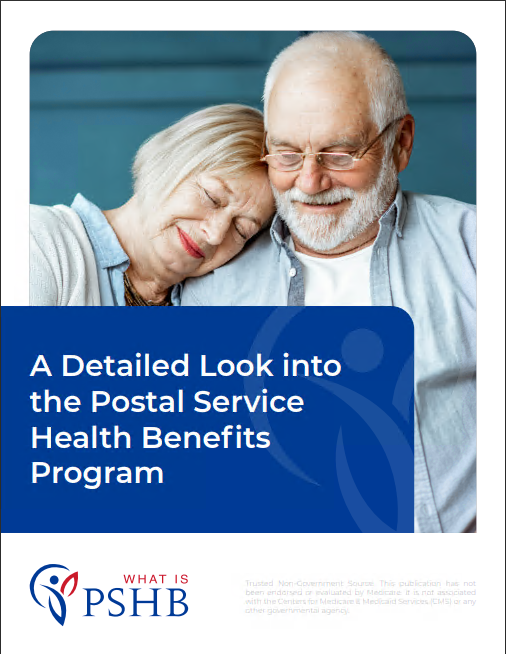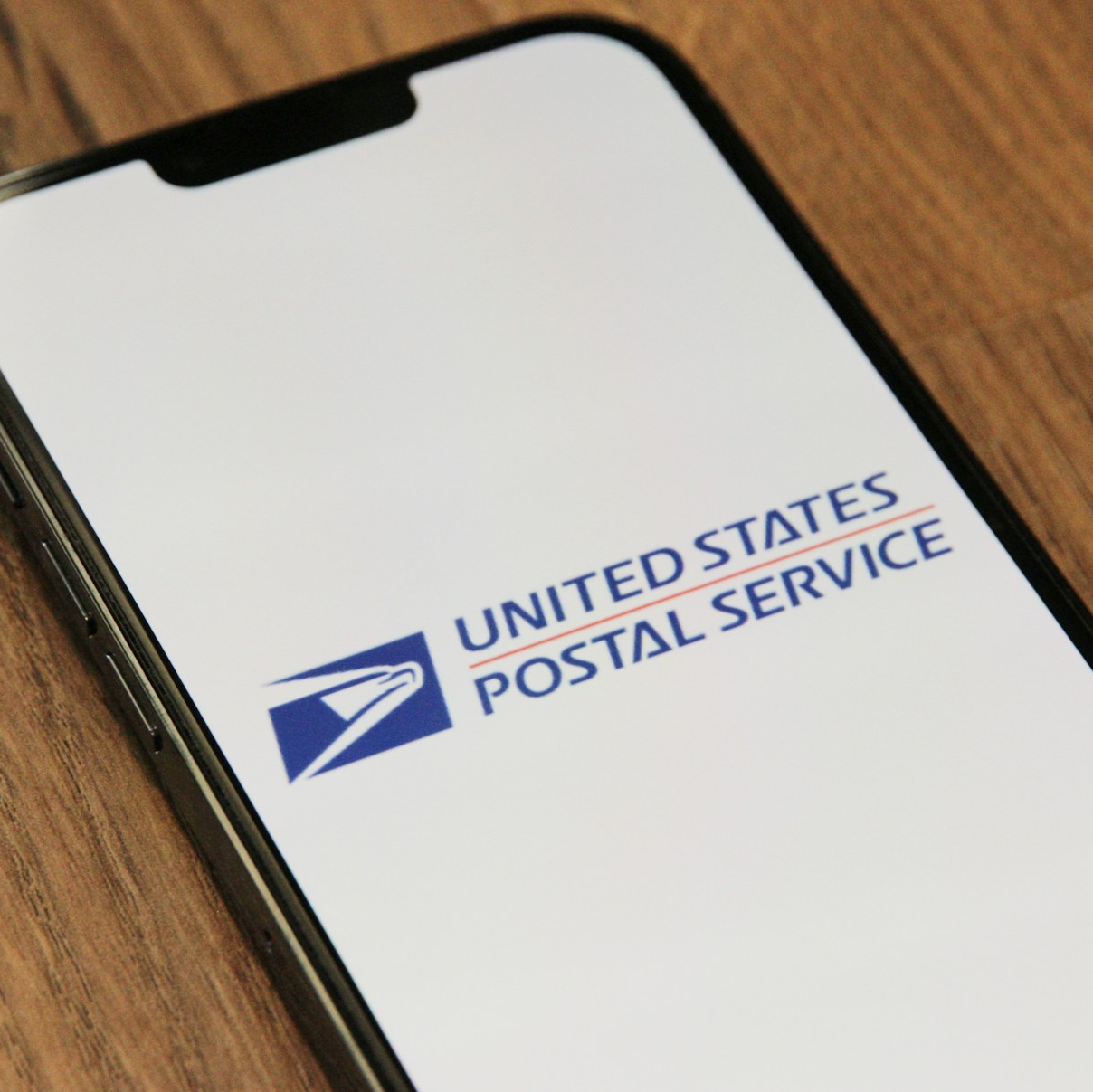Key Takeaways
- Understanding the interplay between PSHB and Medicare is essential for postal retirees to make informed decisions about their healthcare coverage.
- Navigating the enrollment process and staying informed about important dates ensures that postal retirees can maximize their benefits without missing critical deadlines.
Postal Retirees, Let’s Break Down PSHB and Medicare Step by Step
Navigating health insurance as a postal retiree can be challenging, but understanding the Postal Service Health Benefits (PSHB) program and its relationship with Medicare is crucial. This guide will walk you through the essential details step by step, making the process as straightforward as possible.
Understanding PSHB: What It Means for Postal Retirees
The Postal Service Health Benefits (PSHB) program is designed specifically for postal employees and retirees, offering a range of health insurance options tailored to their needs. The PSHB program was established to ensure that postal retirees have access to comprehensive healthcare coverage, complementing their Medicare benefits. Unlike other federal health benefits, PSHB caters uniquely to the postal community, providing a bridge between employment and retirement healthcare.
PSHB coverage includes various plans, allowing retirees to choose one that best fits their healthcare needs and budget. These plans typically cover hospital stays, doctor visits, prescription medications, and preventive services. Understanding the specifics of PSHB can help retirees make informed decisions about their healthcare coverage.
Getting Started: Key Information You’ll Need for Enrollment
Enrolling in PSHB requires some essential information to ensure a smooth process. First, retirees need to have their retirement number and other personal identification details ready. Additionally, they must gather information about their current health coverage and any dependents who will also need coverage.
Before beginning the enrollment process, it is beneficial to review the available PSHB plans and compare them to your healthcare needs. This step will help you choose the most appropriate plan. Consider factors such as premium costs, out-of-pocket expenses, and the network of healthcare providers.
PSHB and Medicare: How They Work Together
Understanding how PSHB and Medicare work together is vital for postal retirees. Medicare is a federal health insurance program primarily for individuals aged 65 and older, while PSHB offers additional benefits that complement Medicare coverage. Retirees who are eligible for both programs can optimize their healthcare by integrating PSHB with Medicare.
Typically, Medicare Part A covers hospital insurance, while Part B covers medical insurance. PSHB plans can provide additional coverage for services not fully covered by Medicare, such as prescription drugs, dental care, and vision services. It is important to understand the coordination of benefits between PSHB and Medicare to avoid gaps in coverage and reduce out-of-pocket costs.
Steps to Enroll in PSHB: Making It Simple
Enrolling in PSHB involves several steps, but understanding each one can simplify the process. Here’s a step-by-step guide:
-
Research and Compare Plans: Start by researching the various PSHB plans available. Compare their benefits, costs, and provider networks to find the one that suits your needs.
-
Gather Necessary Information: Collect all required personal and health information, including your retirement number, current health coverage details, and information about dependents.
-
Complete the Enrollment Form: Fill out the PSHB enrollment form, ensuring all information is accurate and complete. You can typically find this form on the official PSHB website or through your retirement office.
-
Submit the Form: Submit the completed enrollment form by the specified deadline. Make sure to keep a copy of the form for your records.
-
Confirm Enrollment: After submitting the form, confirm your enrollment by contacting the PSHB office or checking your enrollment status online.
-
Review Confirmation Materials: Once enrolled, review any confirmation materials you receive to ensure all details are correct and understand your coverage.
Important Dates: Don’t Miss Your Enrollment Window
Staying informed about important dates is crucial for a successful enrollment in PSHB. Missing key deadlines can result in delays or loss of coverage. Here are some critical dates to keep in mind:
-
Open Season: The annual open season period is the primary time for enrolling in or making changes to your PSHB coverage. This period typically occurs in the fall, and it is essential to review and update your coverage during this time.
-
Medicare Enrollment Periods: If you are eligible for Medicare, be aware of the initial enrollment period around your 65th birthday and the general enrollment period from January 1 to March 31 each year.
-
Special Enrollment Periods: Certain life events, such as retiring or losing other health coverage, may qualify you for a special enrollment period. Ensure you understand these circumstances to take advantage of them if needed.
Keeping track of these dates will help you stay on top of your healthcare coverage and avoid any gaps.
Choosing the Right Plan: What to Consider
Selecting the right PSHB plan requires careful consideration of several factors. Here are some key points to evaluate:
-
Coverage Needs: Assess your healthcare needs, including doctor visits, medications, and any chronic conditions. Choose a plan that covers these services adequately.
-
Costs: Compare the premium costs, deductibles, and out-of-pocket expenses of different plans. Make sure the plan you choose fits your budget.
-
Provider Network: Ensure the plan’s network includes your preferred healthcare providers and facilities. Check if your current doctors and hospitals are in-network to avoid higher costs.
-
Additional Benefits: Look for plans that offer additional benefits, such as dental, vision, and wellness programs. These can enhance your overall healthcare experience.
-
Plan Reputation: Research the reputation of the plans you are considering. Look for reviews and ratings from other retirees to gauge their satisfaction with the plan.
Taking the time to evaluate these factors will help you choose a plan that meets your needs and provides comprehensive coverage.
Navigating Medicare Options: Tips for Postal Retirees
Navigating Medicare options can be overwhelming, but understanding your choices can simplify the process. Here are some tips for postal retirees:
-
Medicare Parts: Familiarize yourself with the different parts of Medicare. Part A covers hospital insurance, Part B covers medical insurance, Part C (Medicare Advantage) offers an alternative to Original Medicare with additional benefits, and Part D covers prescription drugs.
-
Medigap Policies: Consider purchasing a Medigap policy to cover costs not covered by Original Medicare, such as copayments, coinsurance, and deductibles. These policies can provide financial security and peace of mind.
-
Enrollment Deadlines: Pay attention to Medicare enrollment deadlines to avoid late penalties and ensure continuous coverage. The initial enrollment period is around your 65th birthday, and there are special enrollment periods for certain circumstances.
-
Coordination of Benefits: Understand how PSHB and Medicare coordinate benefits to maximize your coverage and minimize out-of-pocket costs. This can involve choosing the right combination of plans to cover all your healthcare needs.
-
Seek Professional Advice: Consult with a licensed insurance agent to get personalized advice and assistance with choosing the right Medicare options. They can help you navigate the complexities of Medicare and PSHB.
By following these tips, postal retirees can make informed decisions about their Medicare options and optimize their healthcare coverage.
Keeping Your Information Up-to-Date: Why It Matters
Keeping your information up-to-date is essential for maintaining your PSHB and Medicare coverage. Here’s why it matters:
-
Accurate Records: Ensure that your personal and health information is accurate to avoid any discrepancies or delays in coverage.
-
Dependents’ Coverage: Keep information about your dependents up-to-date to ensure they continue to receive coverage under your plan.
-
Address Changes: Notify your PSHB and Medicare providers of any address changes to ensure you receive important communications and updates about your coverage.
-
Life Events: Report significant life events, such as marriage, divorce, or the birth of a child, to update your coverage and ensure your plan meets your needs.
-
Renewal and Enrollment: Keeping your information current makes the renewal and enrollment process smoother, preventing any interruptions in your coverage.
Regularly updating your information ensures that you and your dependents have continuous and accurate healthcare coverage.
Making the Most of Your PSHB and Medicare Benefits
Understanding and optimizing your PSHB and Medicare benefits can significantly impact your healthcare experience as a postal retiree. By carefully considering your options, staying informed about important dates, and keeping your information up-to-date, you can make the most of your benefits and enjoy comprehensive healthcare coverage.
Contact Information:
Email: [email protected]
Phone: 1111111111











